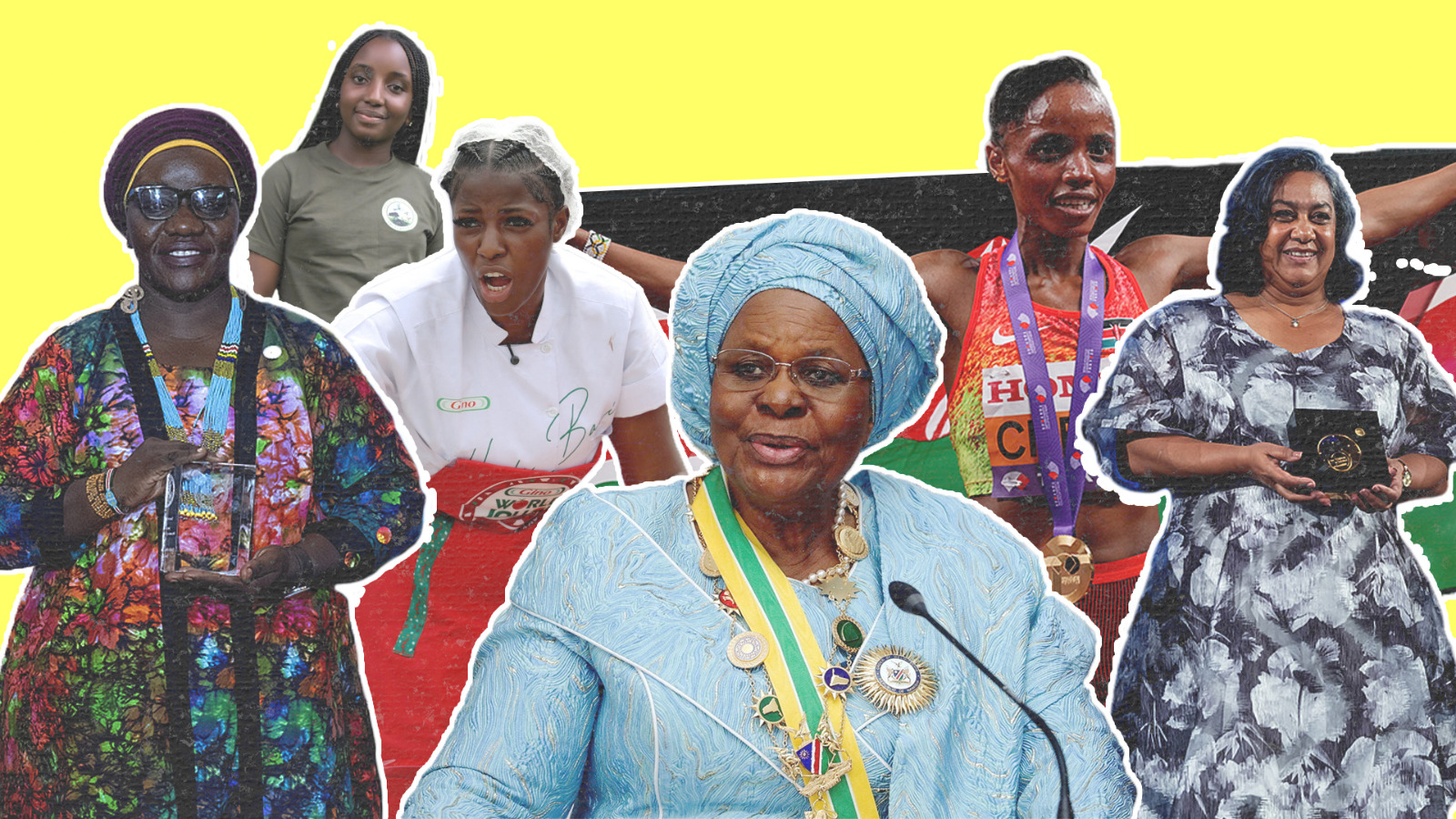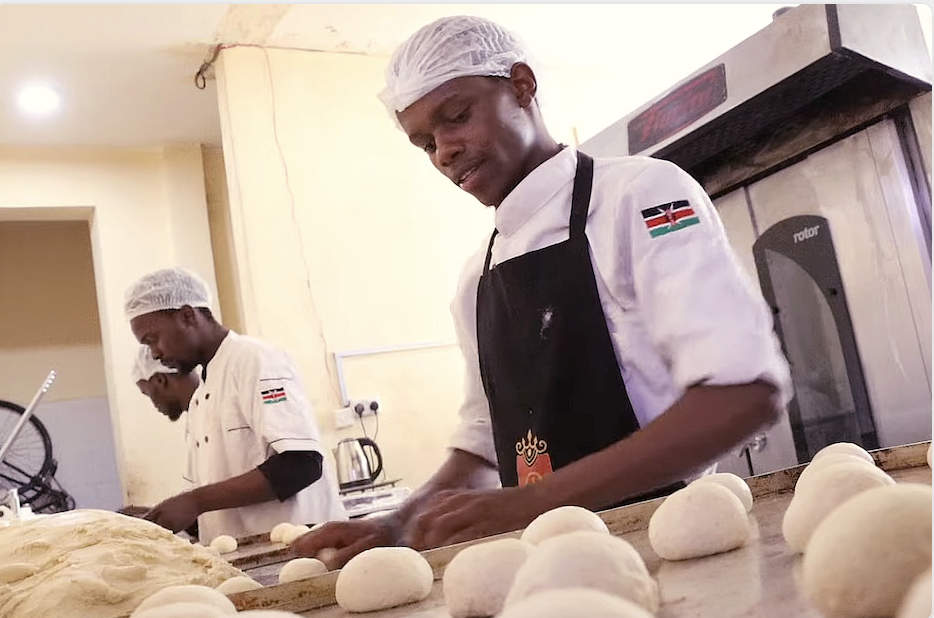#RememberingAfricanGreats: Brenda Nokuzola Fassie
Monday marked 12 years since the Queen of African Pop Brenda Fassie, aged 39 then, passed away.
She was important in her country with the likes of former presidents Thabo Mbeki and Nelson Mandela being among the people who visited her while in hospital.
The fact is that no matter what the state of her personal life, Brenda was the most popular performer in South Africa. Whether it’s sophisticated, upwardly mobile young people or religiously inclined workers, Brenda was beloved of all who came into her musical orbit.
Affectionately called MaBrrr by her fans, Fassie was South Africa’s first black pop star, selling millions of albums during a two-decade career.
Time Magazine chose to showcase Brenda Fassie in a three page spread in its December 17th edition 2001, yet another confirmation of the singer’s status as an authentic and lasting icon for the globe.
Born November 3 1964, Fassie was the youngest of nine children and was named after US country singer Brenda Lee. She came from a desperately poor family in the Cape Town township of Langa. Her father died when she was two, and her mother, a cleaner, recognised her daughter’s talent early on.
By the age of four she was performing at church events, accompanied by her mother on the piano.
At the age of 16, she left for Soweto to seek her fortune as a singer, first with the local vocal trio Joy, and later fronting the township pop group Brenda And The Big Dudes.
In 1983, she released her debut recording, Weekend Special, a lament about a boyfriend who would see her only at weekends. It was an instant hit, eventually taking the group to the US, Brazil, Europe and Australia, and was rapidly followed by several more hits, including It’s Nice To Be With People and No No No, Senor.
https://www.youtube.com/watch?v=wFBGeQL6Gzk
For the next several years, Brenda’s career continued apace and, in 1996, she revealed her abilities as a producer with the album, Now Is The Time. Defining a new level of maturity for Brenda, the album features two duets with Zairian music legend, Papa Wemba and astonished even her most loyal fans.
1998 was spectacular for the singer after the release of Memeza. The album, which saw the singer again team up with producer Chicco, became South Africa’s bestselling release of the year, shifting 500 000 units and earning Brenda several South African Music Awards as well as young and old fans all over again through hit tracks like “Vul’indela. The latter hugely popular throughout Africa as Brenda’s 1999 Kora award for best female artist revealed – has its origins deep in African gospel, with much of its appeal in the rhythm of Zion church music.
“Tell everyone Brenda’s back,” she said at the time and that statement has proved to be true.
When it came to Brenda’s 1999 follow-up, Nomakanjani, Chicco was once again at the helm as producer, engineer and chief songwriter and again Brenda’s voice, in fine form, was the musical pivot of the album. Her 2000 release, Amadlozi (featuring hits like “Thola Amadlozi” and “Nakupenda” (I Love You) again proved what a dazzling match the Brenda-Chicco one is and the second half of 2001 saw the release of Mina Nawe, with Chicco in the producer’s seat for the fourth time in recent years.
https://www.youtube.com/watch?v=goadskhlbr0
Over a career spanning two decades, Fassie enjoyed a string of hits and multi-platinum selling releases. Some of her best-known protest songs include “Black President” and “Good Black Woman”. She recorded for EMI South Africa division CCP Records over her entire career.
A talented musician, her genius lay in her ability to reinvent herself, and give voice to the frustrations and aspirations of the township. She also inspired by example. When she confessed to drug and drink addiction, other prominent musicians went public about theirs. When she took her first lesbian lover, other black celebrities came out of the closet.
Brenda was voted 17th in the Top 100 Great South Africans.
On 26 April 2004 Fassie was rushed to a Johannesburg hospital with cardiac arrest. Although doctors resuscitated her, she slipped into a coma.
For two weeks, fans all over the country held prayer services and supported her, her friends and family.
Her life support machine was turned off on the 9th of May 2004.
At first, it was believed that the heart failure was a result of an asthma attack. But after her death, new evidence came to light, according to which Fassie’s heart failure was caused by a drug overdose. Furthermore, it is believed that the crack cocaine which she had smoked the night before her cardiac arrest was laced with rat poison.
Her funeral was held on 23 May in her hometown, Langa. She left behind a 19-year-old son, Bongani Fassie.
In March 2006 a life-size bronze sculpture of Fassie by artist Angus Taylor was installed outside Bassline, a music venue in Johannesburg.








